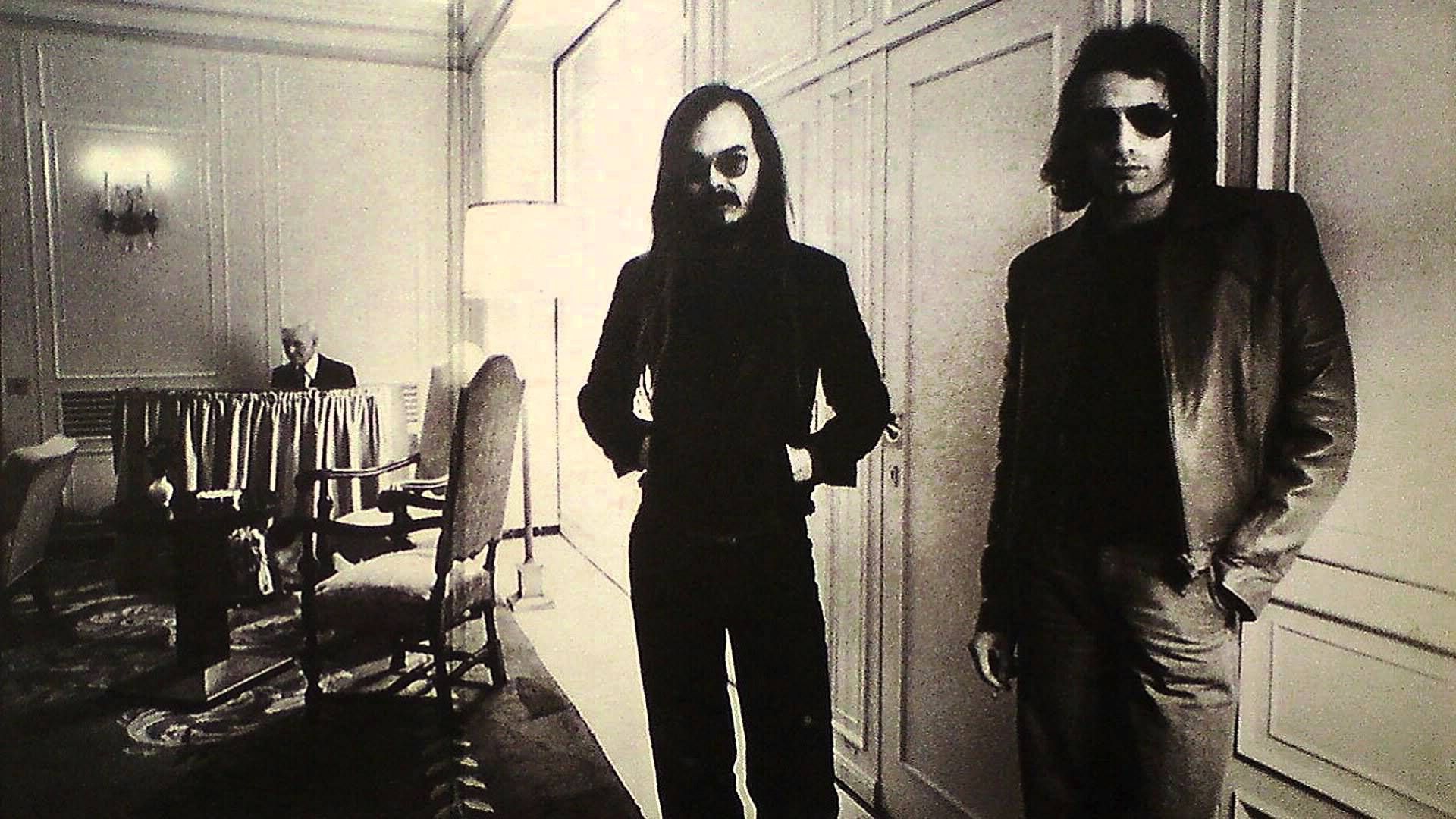
A Relentless Cycle of Temptation and Consequence Set to an Irresistible Groove
When Steely Dan released “Do It Again” as the lead single from their 1972 debut album, Can’t Buy a Thrill, it swiftly etched itself into the sonic consciousness of a generation disillusioned by the aftershocks of the ’60s. Reaching No. 6 on the Billboard Hot 100 in early 1973, the track announced the arrival of a band that would defy categorization—melding jazz sophistication, rock’s edge, and lyrical cynicism into something uniquely cerebral and grooving. For many listeners, “Do It Again” was their first encounter with the darkly literate mind of Donald Fagen and Walter Becker, and it left an indelible mark.
At its core, “Do It Again” is a study in human frailty—an unflinching examination of cyclical behavior and self-destructive compulsion. Its protagonist is not one man, but many: gamblers, drifters, lovers who fall prey to their vices time and again. Each verse tells a parable-like story—a gambler seeking revenge who finds no justice, a man lured by lust only to be betrayed, a seeker of righteousness who ends up back where he began. There is no redemption here, only repetition. And in the hypnotic groove that carries these tales—anchored by Victor Feldman’s electric sitar solo and Jeff Baxter’s sinuous guitar work—we hear the sound of wheels spinning in place.
Lyrically, Becker and Fagen deploy their characteristic detachment and irony, but there’s a haunting universality beneath the cool veneer. “You go back, Jack, do it again / Wheel turnin’ ’round and ’round,” they intone—not as an accusation but as a weary observation. It’s not just Jack; it’s all of us, ensnared by our habits, circling the same old fates despite better knowledge. The song becomes a mirror held up to anyone who’s ever vowed “never again,” only to stumble back into familiar ruin.
Musically, “Do It Again” bridges genres with breathtaking poise. The Latin-inflected percussion by Jim Hodder gives it an exotic propulsion, while Fagen’s electric piano and the modal chord progressions hint at jazz’s more shadowed corners. The electric sitar, still a novelty in pop music at the time, lends an Eastern mystique that underlines the song’s themes of karmic return and fate’s cruel symmetry. This wasn’t mere experimentation—it was meticulous craftsmanship that gave the track its hypnotic pull.
Culturally, the song captured a moment when the utopian ideals of the 1960s had begun to tarnish, replaced by skepticism, ambiguity, and a dawning awareness of how little truly changes. In its grooves lies a resignation wrapped in elegance: a recognition that, despite our aspirations, we often fall back into the same patterns. With “Do It Again,” Steely Dan introduced themselves not as wide-eyed idealists, but as chroniclers of the human condition—coolly surveying our follies with melodic precision and lyrical daggers.
This was no ordinary debut single. It was a manifesto.